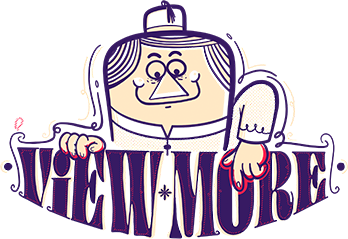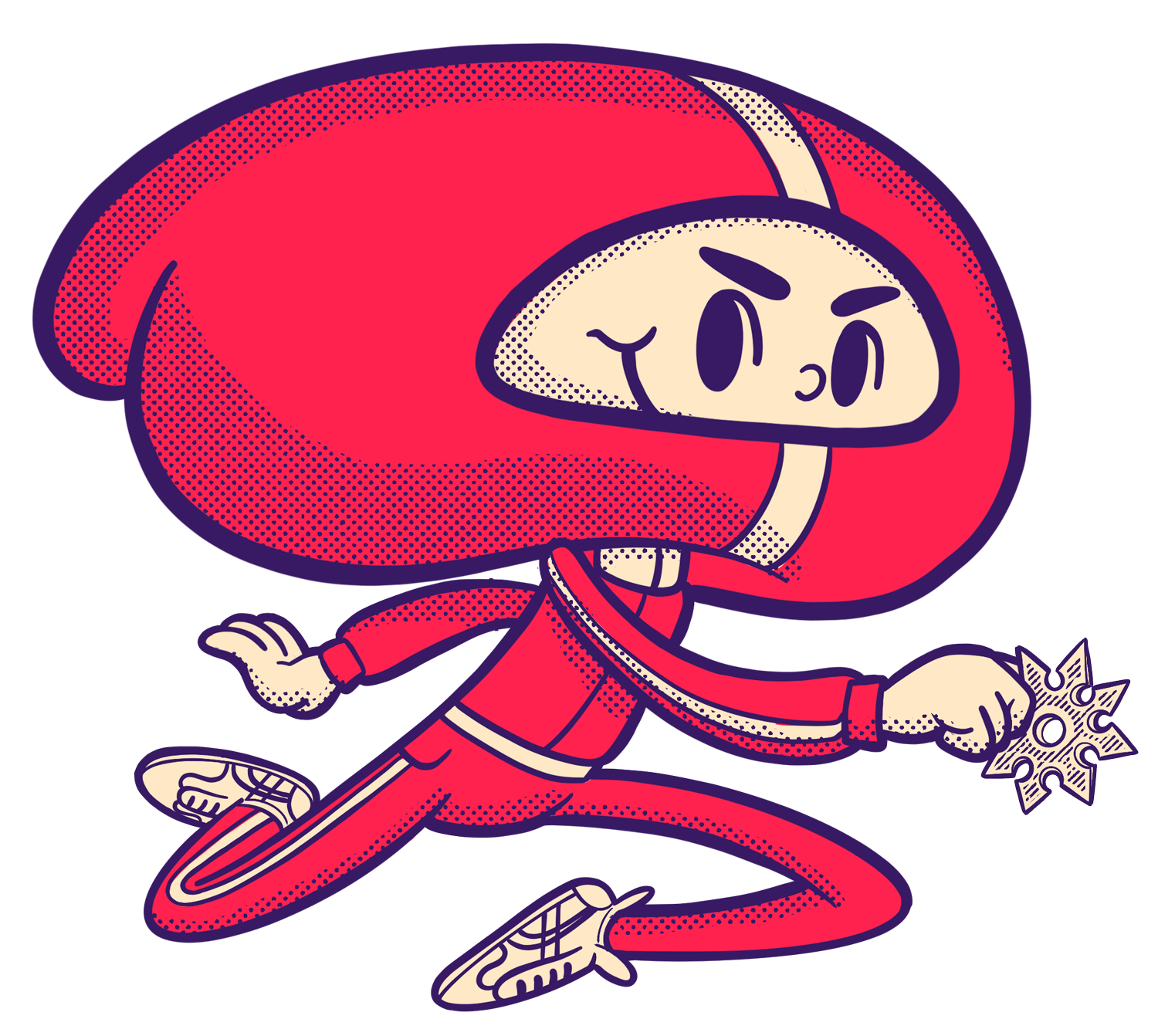We’re the Guest Comic in Issue #4 of the Fight Tech Graphic Novel
Writing a Robot Story in just 4 Pages
Fight Tech is a science fiction graphic novel created by @game_brains, which, among other themes, deals with robot duels and the bond they share with their trainers. In each issue, an artist is invited to create two to four pages; the story must include robots, but beyond that, the plot is open-ended. As a studio, we began working on a story that could have a beginning and an end in just four pages.



I’ve always believed that stories should be told from your own experiences. For a while now, I’ve wanted to share my experience with burnout, a syndrome I’ve struggled with over the years, characterized by physical, emotional, and mental exhaustion, caused by continuous work stress and long hours without rest. With this theme in mind, we decided to start working on the story.
Contextualizing the Story
We had the theme, but we needed the context. As a child, I loved an RPG game called Shining Force for the Sega Genesis console. Although the genre was fantasy, with allies like elves and dwarves, and enemies like dragons and goblins, there was a peculiar element: a village where the dwarves, advanced in their inventions, had built automaton robots (golems) that helped them either defend themselves or work.



This blend of fantasy and technology always stuck with me, and I felt it was the perfect time to mix these two genres for my story.
The story would be about a dwarf obsessed with creating a golem to make his life easier, who has given up everything and dedicated half his life to this purpose.
The story only has two characters. The protagonist was designed by drawing inspiration from the instruction manual illustrations of the game in question, adding some details, and making him slightly darker. The golem was designed from scratch, with the only directive being that it should appear to be made of a mixture of metal and wood, with the wood appearing bare, with branches and pieces of leaves.









Developing the story.
We created a story layout, where each page’s events were briefly described, allowing us to control the number of panels and pages, structured as follows:
- Page 1: Introduction of the character, revealing his intentions.
- Page 2: He brings the golem to life, but it doesn’t behave as he wishes, so he kicks it out of his workshop.
- Page 3: His obsession drives him to create a larger, more complex golem.
- Page 4: He fails with his new creation and finds the first golem, leading him to reflect.
This also helped us begin developing concepts for both the characters and the settings while fine-tuning the story.With the story written, we created thumbnails to get a better idea of each panel and start thinking about the framing.




We drew inspiration from the manga style, where color is not used, and screen tones, hatching, and stippling are employed. Personally, I’ve always admired the work of mangaka Masamune Shirou, who would start his graphic novels in color and gradually fade them out as the pages progressed, an element that can be seen in the final work.





